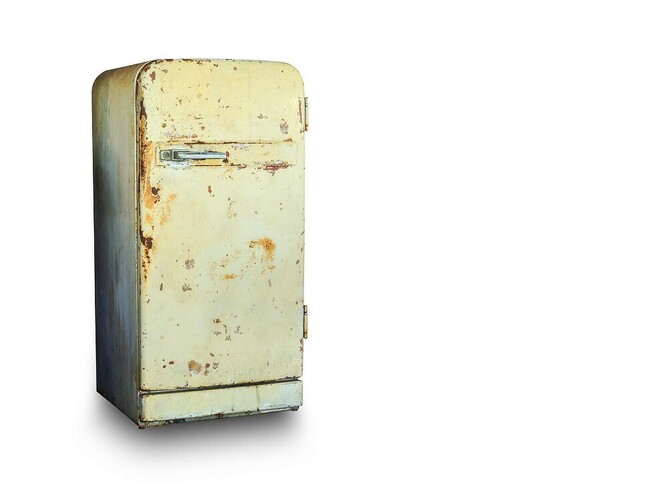If you wouldn't trust your fridge to get your beers cold for those important after tailing/weaning drinks, then why would you risk your vaccines?
Large animal vaccines are often stored on-farm, in a refrigerator, prior to use, but the storage conditions during this period are barely talked about.
When I am delivering to farms, I often drop off to the specified fridges and notice the temperature is less than ideal. Would it keep the beer cold? If not, it's time to buy a new fridge.
Don’t bring the old unreliable fridge down to the shed from the house. A brand new fridge/freezer (for your slicker pads/ice packs) can start anywhere from $500 upwards, depending on size.
Vaccines are critical tools for animal health and production. They are a cost-effective method to prevent animal disease and ensure your animals can be as productive as possible. But, they do cost money and are a large investment for any farm's animal health budget that you need to “insure”.
As the quality of a vaccine can be impaired by storage at an incorrect temperature, we need to look at the shed fridge and decide if it's worthy of the critical job of keeping them at the right temperature. A new fridge, depending on size, is a cheap investment to make to protect your vaccines.
Proper usage and storage of vaccines are essential to achieve maximum vaccine safety and to maintain excellent efficacy and quality. Vaccines should always be stored as per manufacturer instructions and general recommendations.
For the majority of vaccines, especially those used in cattle, sheep and deer, the recommended storage temperature is between 2°C and 8°C.
If you really aren’t sure that the temperature of your fridge is right, pop a temperature gauge in to check, or grab a data logger. These are easy to find and may be one of the best investments $50 can buy. Or, just use your soil temperature gauge.
Straight to the fridge
When you collect your vaccines from your supplier, do you get them straight into the fridge? Or, are you way-laid by other things while in town?
The longer the vaccines are away from a working fridge, the more likely they are to become damaged by incorrect temperature. A poly box or chilly bin will only help short term, so it is best to return to the farm immediately after collecting your vaccines.
Out on the farm
We can get some mighty hot days, so when we have vaccines with us, away from the fridge, we need to make sure they are protected from the heat. They can become ineffective if too warm (above 8 degrees).
Chilly bins are insulated but not temperature controlled, so having ice packs inside helps to maintain the optimum temperature for as long as possible. Wrap the ice packs in bubble wrap to protect the vaccines from freezing.
It's that time of year again so I would like to take this opportunity to wish everyone the best results through the tailing pen and hope that we all grow lots of grass and crops and get those kilos out of the gate nice and quickly.
- Fiona Ross

